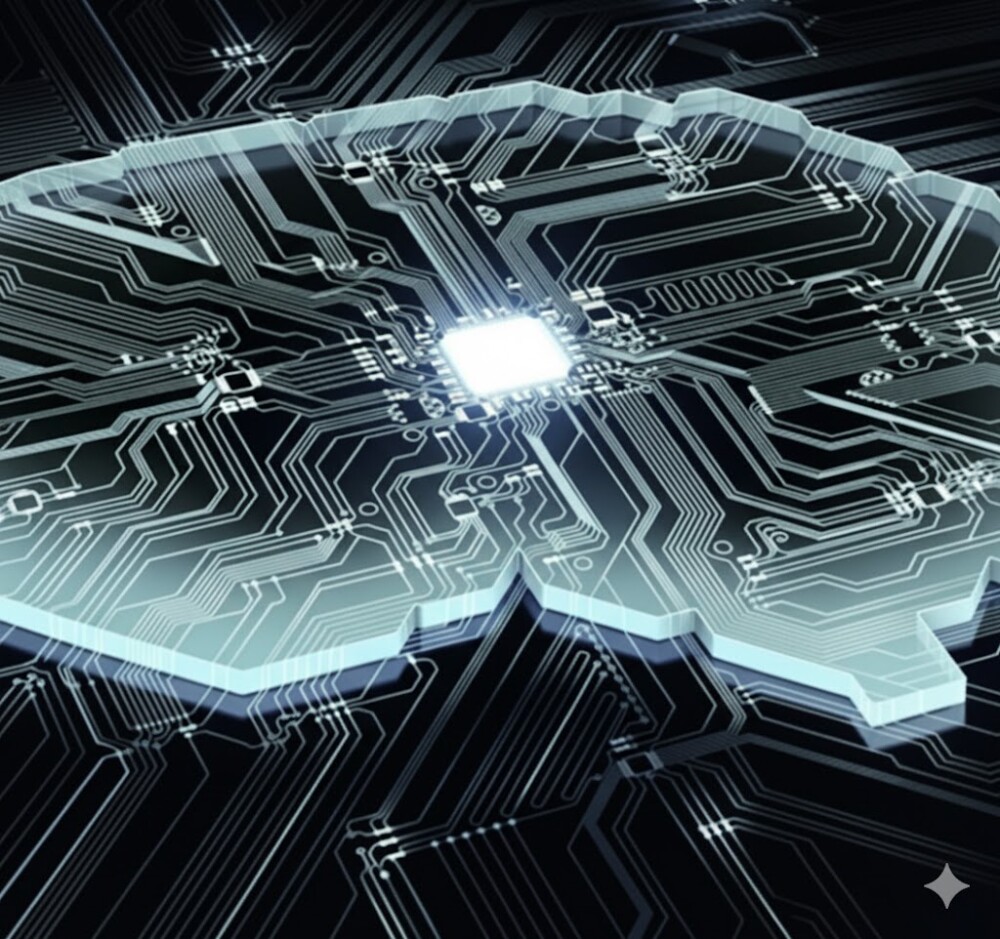The threat landscape has only become more treacherous in 2022, as the number of attacks continues to climb. Meeting these unprecedented threats will require new defences, and many experts believe AI will soon make the difference between being secure and being unsafe.
AI may become a key component of successful cybersecurity in future. But becoming heavily dependent on the technology entails opportunities and risks:
AI can bolster security
- Unlike humans, who are unavoidably fallible and can’t work 24/7, AI cybersecurity systems can constantly monitor for threats and handle vast volumes of information at speed.
But it can also create gaps in cybersecurity
- However, AI is not a cure all - it presents weaknesses and risks of its own, with its inherent complexity giving attackers more ways in. And let’s not forget that hackers have access to it too. ALthough it can be used to build tougher defences, it can also be a powerful tool for malicious actors.
The role of regulatory compliance
- Amid fears of bias and a lack of data safeguarding, public trust in AI is low. Policies that protect user information and ensure the technology is fair and transparent are popping up, but differing regulations across US states or regions like Europe will create extra complexity for businesses who wish to employ the technology.
The need for a global framework
- In 2019, G20 leaders welcomed a set of AI principles with the aim of fostering trust and confidence in AI by promoting inclusiveness, human-centricity, transparency and accountability. So far, no global framework addresses the usage of AI in cybersecurity, but that might change soon.
Although the potential for AI in strengthening security seems vast, it still works best in complementarity with the human touch. Relying on machines alone means surrendering human intuition, which can sometimes be critical. A hybrid approach, with people and AI working in tandem, will prove most effective.






